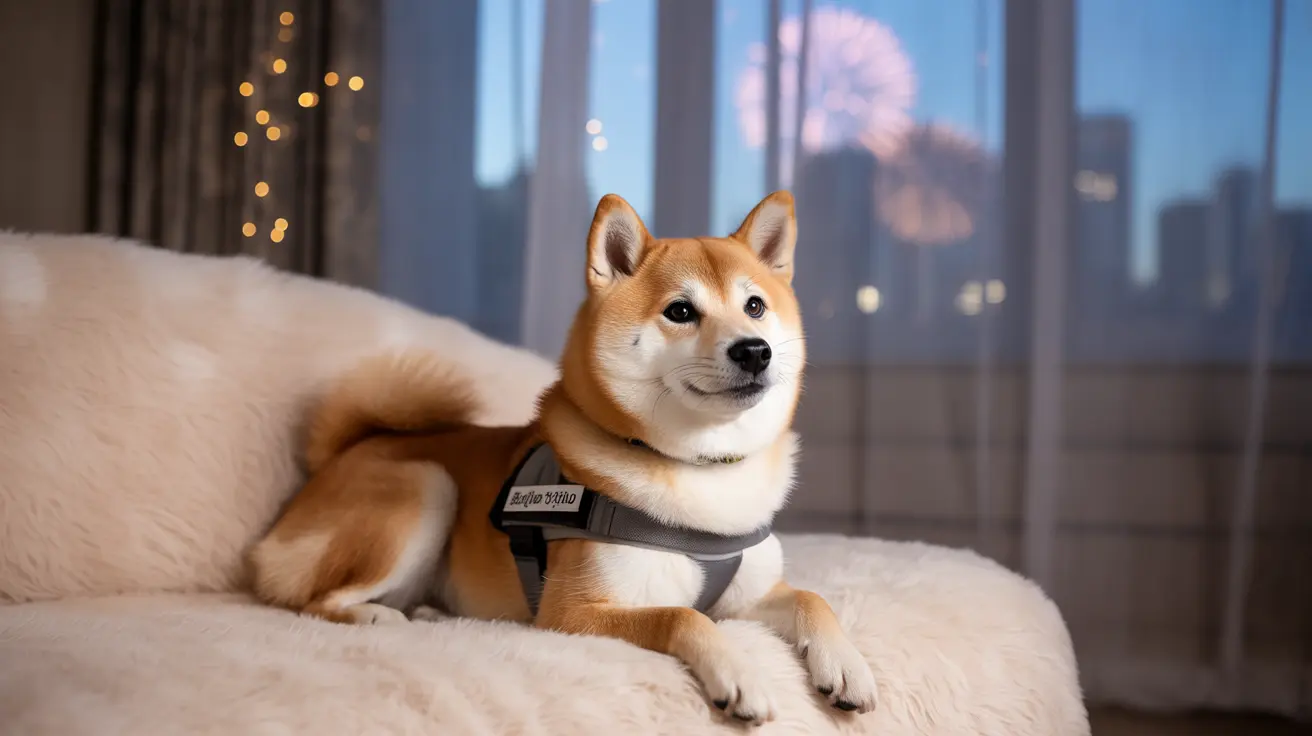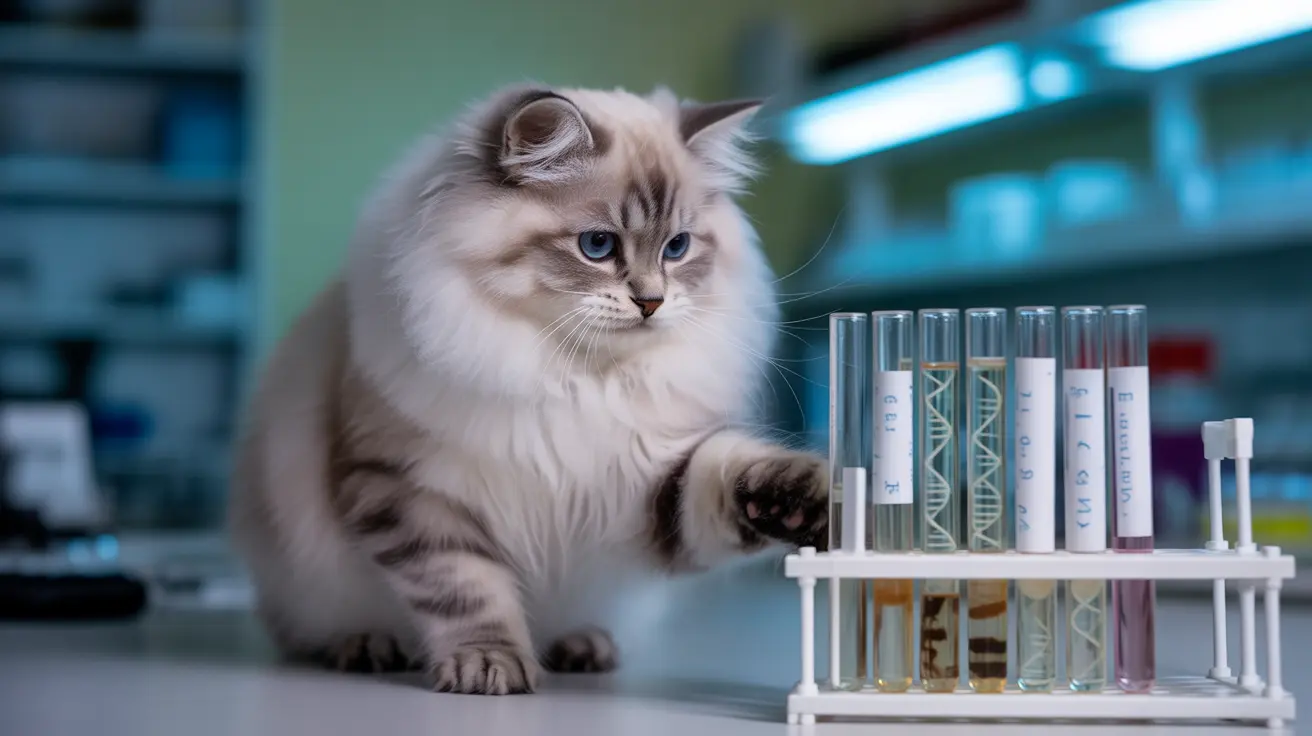Why Your Dog Follows You Everywhere and Stares at You
If your dog follows your every move and seems to gaze at you like you're the most important thing in the world, you're definitely not alone. Many dog owners experience this behavior, but understanding why dogs follow and stare at their humans can help you foster a stronger bond with your canine companion.
Strong Bond and Attachment
Dogs are social animals and naturally form strong attachments to their caretakers. If your dog follows you everywhere, it may be a sign of their loyalty and affection.
- Pack Mentality: Dogs are pack animals and will often follow the leader—namely, you—because they feel safest and most comfortable by your side.
- Separation Anxiety: If your dog becomes anxious when you leave the room, they might follow you to ensure you don't go too far, a behavior rooted in their fear of being left alone.
- Reinforced Behavior: If you've previously rewarded your dog with attention, treats, or affection for following you, they may have learned that sticking close to you leads to positive outcomes.
Curiosity and Observation
Staring is one way dogs learn about their environment and communicate. They’re picking up cues from your voice, facial expressions, and body language.
- Reading Human Behavior: Dogs are attuned to our emotions and actions. By staring, they may be trying to figure out what you’re about to do next—especially if it involves meals, playtime, or a walk.
- Seeking Commands or Reassurance: Some dogs stare because they’re awaiting a signal, command, or reassurance from their owner, especially if they’ve been trained using visual cues.
Boredom and Need for Stimulation
Sometimes dogs follow and stare because they're bored and are hoping you’ll engage with them.
- Looking for Entertainment: If your dog’s day isn’t sufficiently filled with toys, exercise, or mental challenges, they may see you as their main source of fun.
- Exercise and Enrichment Deficit: Lack of stimulation might cause them to stick close in hopes of an adventure or play session.
Hunger and Expectations
Your dog might be watching your every move in anticipation of food or treats.
- Scheduled Feeding Times: Dogs pick up on routines, so they may follow you around near meal times with hopeful eyes.
- Begging Behavior: If your dog has learned that staring gets them rewards from the table, they’re very likely to repeat the behavior.
Health-Related Reasons
In rare cases, changes in behavior like excessive following or staring could indicate a medical issue or confusion.
- Cognitive Dysfunction in Older Dogs: Senior dogs may demonstrate clinginess or staring due to confusion or cognitive decline, similar to dementia in humans.
- Anxiety or Discomfort: Illness or discomfort may also make a dog seek constant human contact as a source of comfort.
Communication and Companionship
At the heart of this behavior lies a simple truth: your dog loves being with you. Staring and following represent a form of non-verbal communication.
- Eye Contact Strengthens Bonds: Studies show that mutual gaze between a dog and its owner releases oxytocin, the 'love hormone,' in both parties.
- Emotional Connection: Dogs are intuitive creatures that sense when you're happy, sad, or stressed. Following and watching you is their way of being present.
Should You Be Concerned?
Generally, following and staring are normal and healthy behaviors. However, if your dog seems anxious, obsessive, or distressed when they can’t be near you, it might be worth consulting a veterinarian or canine behaviorist.
- Excessive Clinginess: This might be a sign of separation anxiety or another behavioral issue that requires training or professional attention.
- Sudden Change in Behavior: If this behavior is new or out of character, it’s a good idea to rule out any health problems with a vet check-up.
Strategies for Balance
- Training: Teach your dog commands like "stay" or "place" to help foster independence.
- Enrichment Activities: Puzzle toys, obedience training, and daily walks can reduce boredom and enhance well-being.
- Routine and Predictability: Creating a predictable schedule helps your dog feel secure even when you’re not around.
Understanding the motivation behind your dog’s constant presence and watchful eyes can deepen your relationship and help ensure you’re meeting their emotional and physical needs.





